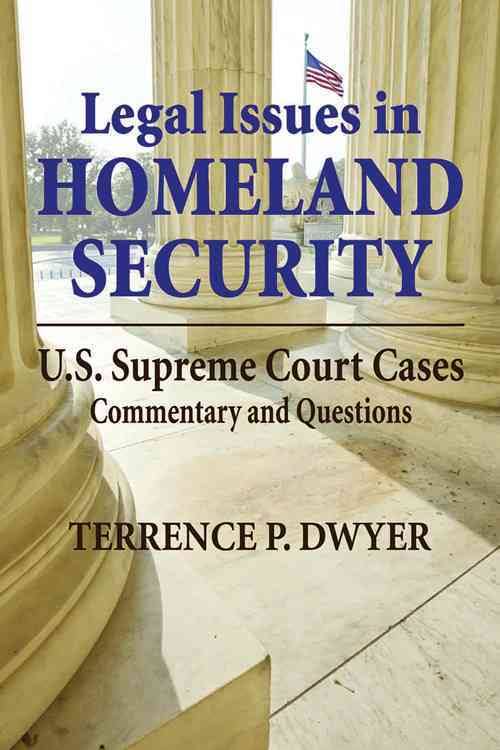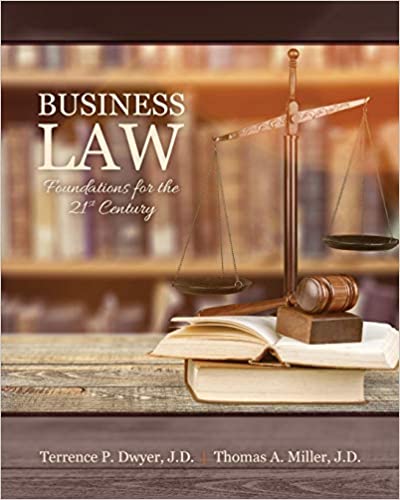Last May the U.S. Court of Appeals for the 11th Circuit affirmed the conviction and ten month sentence of a police officer who was charged under Title 18 USC section 1519 for making a false entry in a police incident report. The significance of the case rests in the officer's argument on appeal as to the applicability of the statute which was passed as part of the Sarbanes-Oxley Act aimed at corporate fraud and corruption. While the court in U.S. v. Hunt, 526 F.3d 739 (11th Cir, 2008) the usefulness of that section of the Sarbanes-Oxley Act in combatting corporate crime the court held the statute had broad applicability. There is no safe haven for a police officer who lies in the course of their duties, especially when that lie is material to an investigation, and this statute provides another tool in a federal prosecutor's arsenal. Section 1519 provides as follows: Whoever knowingly alters, destroys,mutilates, conceals, covers up, falsifies, or makes a false entry in any record, document, or tangible object with the intent to impede, obstruct, or influence, the investigation or proper administration of any matter within the jurisdiction of any department or agency of the United States..., or in relation to or contemplation of any such matter or case, shall be [in violation of this statute.]
The U.S. Supreme Court has stated on numerous occasions that false statements are not to be given sanction under the law. In Nix v. Whiteside, 475 U.S.157 (1986) the Court held that the right to testify did not include the right to commit perjury. Further, in 1998 the Court rejected the due process challenge made by an employee who lied during an internal work related investigation and was disciplined, (LaChance v. Erickson, 522 U.S. 262). The Court said the due process right to notice and an opportunity to be heard provided for in Cleveland Board of Education v. Loudermill, 470 U.S.532 (1985) does not include the right to make false statements.
The U.S. Supreme Court has stated on numerous occasions that false statements are not to be given sanction under the law. In Nix v. Whiteside, 475 U.S.157 (1986) the Court held that the right to testify did not include the right to commit perjury. Further, in 1998 the Court rejected the due process challenge made by an employee who lied during an internal work related investigation and was disciplined, (LaChance v. Erickson, 522 U.S. 262). The Court said the due process right to notice and an opportunity to be heard provided for in Cleveland Board of Education v. Loudermill, 470 U.S.532 (1985) does not include the right to make false statements.





